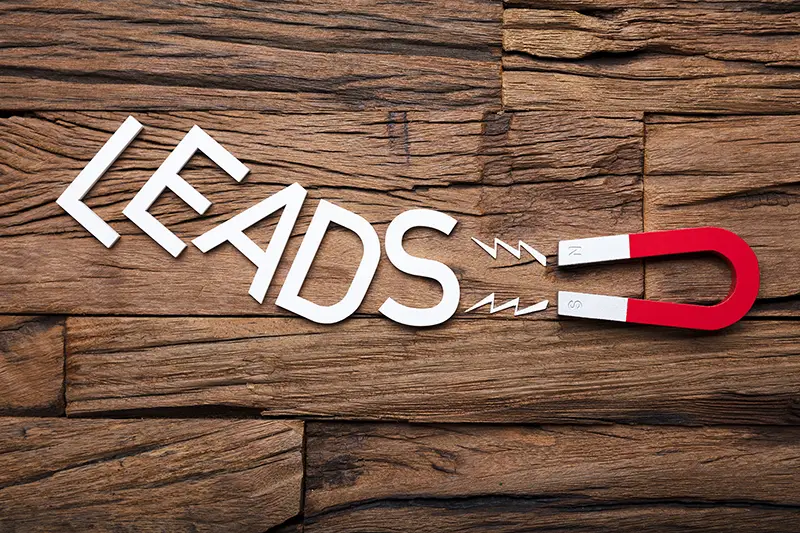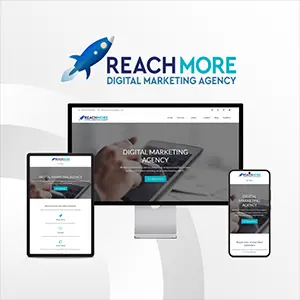Click here to get this post in PDF
One of the most important aspects of any lead generation or marketing campaign is the quality of your leads. After all, if you’re targeting the wrong people, you will not get very far. So how can you make sure that you’re getting high quality leads?
What is a lead list?
A lead list is simply a list of potential customers you have compiled from various sources. This could be something as simple as a list of people who have visited your website or subscribed to your email newsletter.
This list will usually contain contact information such as names, email addresses, and phone numbers. In some cases, it may also include other relevant information, such as job titles or interests. The key to a high quality lead list is accuracy and relevancy. You want to ensure that the list is up-to-date and that it contains people who are interested in your product or service.
When to buy a lead list?
If you are looking for immediate results, then buying a lead list is often the best option. This is because you will have instant access to a large pool of potential customers. You can start contacting them immediately to see if they are interested in what you offer.
However, it is important to keep in mind that a lead list is only as good as its source. You need to make sure that you buy from a reputable company like LeadsForce, that has a proven track record of providing accurate and up-to-date leads. Otherwise, you could end up wasting your time and money on a list of people who are not actually interested in your product or service.
How To Buy The Best Lead List?
There are a number of ways to get high-quality lead lists:
1. Purchase them from a reputable source: Many companies specialize in selling leads. These companies can provide you with accurate and up-to-date lists that are tailored to your specific needs.
2. Generate them yourself: If you have the time and resources, you can generate your own leads. This can be done by conducting market research, attending trade shows, or using other methods to reach potential customers.
3. Get them from your existing customer base: One of the best sources of leads is your existing customer base. You can reach out to these people and ask them for referrals or introduce them to your products and services.
4. Use social media: Social media is a great way to connect with potential customers. You can use it to create awareness about your brand, build relationships, and generate leads.
5. Buy lists from lead aggregators: Many websites sell lists of leads. These lists can be a good source of leads, but you need to be careful about the quality of the leads. Make sure you buy lists from reputable sources.
6. Use lead generation software: Many software programs can help you generate leads. These programs can automate the lead generation process and help you reach more people in a shorter amount of time.
7. Hire a lead generation company: If you don’t have the time or resources to generate leads on your own, you can hire a company to do it for you. Lead generation companies specialize in generating leads for businesses and can be a great option if you don’t have the internal resources to do it yourself.
The Pros And Cons Of Buying Lead Lists
There are a number of pros and cons to buying lead lists that you should be aware of before making a purchase.
Pros:
– Lead lists can save you time and money: Generating leads can be a time-consuming and expensive process, especially if you do it yourself. By purchasing a lead list, you can outsource the lead generation process and focus your time on other aspects of your business.
– Lead lists can help you reach more people: If you’re not generating leads on your own, you’re missing out on potential customers. A lead list can help you reach a larger audience than you would be able to through your own lead generation efforts.
– Lead lists can provide high-quality leads: When you purchase a lead list, you can be sure that the leads on the list are high-quality and interested in your product or service. These leads have been pre-screened and are more likely to be interested in what you have to offer than leads that you generate yourself.
Cons:
– Lead lists can be expensive: Purchasing a lead list can be a significant investment for your business. If you’re not careful, you could end up spending more on the list than you make back in sales.
– Lead lists can be outdated: Since lead lists are generated from Long Island data, they may not include information on potential customers who have moved to other areas.
– Lead lists can be a “crutch”: Over-reliance on lead lists can make it difficult for your sales team to generate their own leads. If you’re not careful, you could end up with a team that is reliant on lead lists and not able to function without them.
You may also like: Inbound Lead Generation Checklist
Image source: Shutterstock.com

